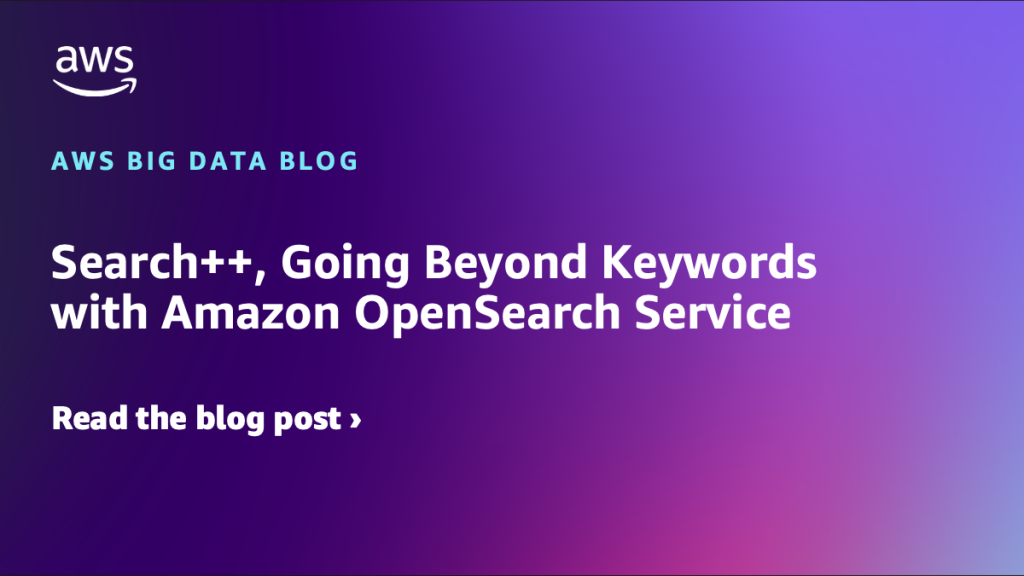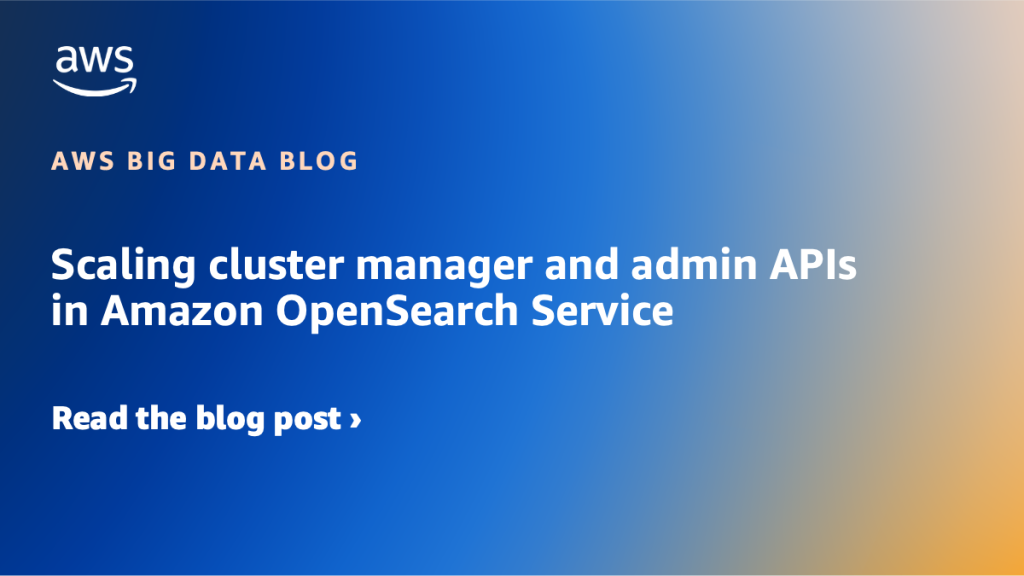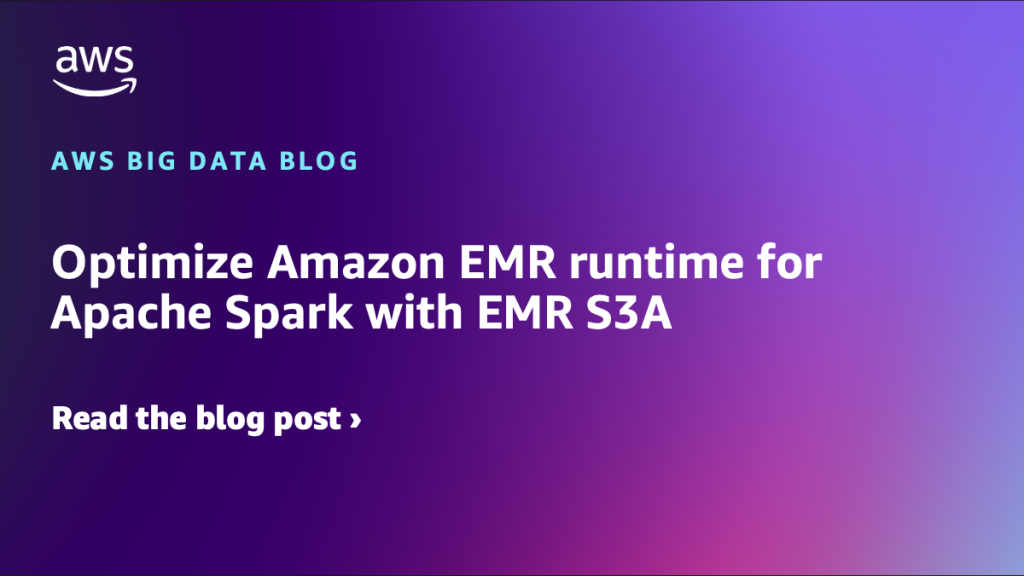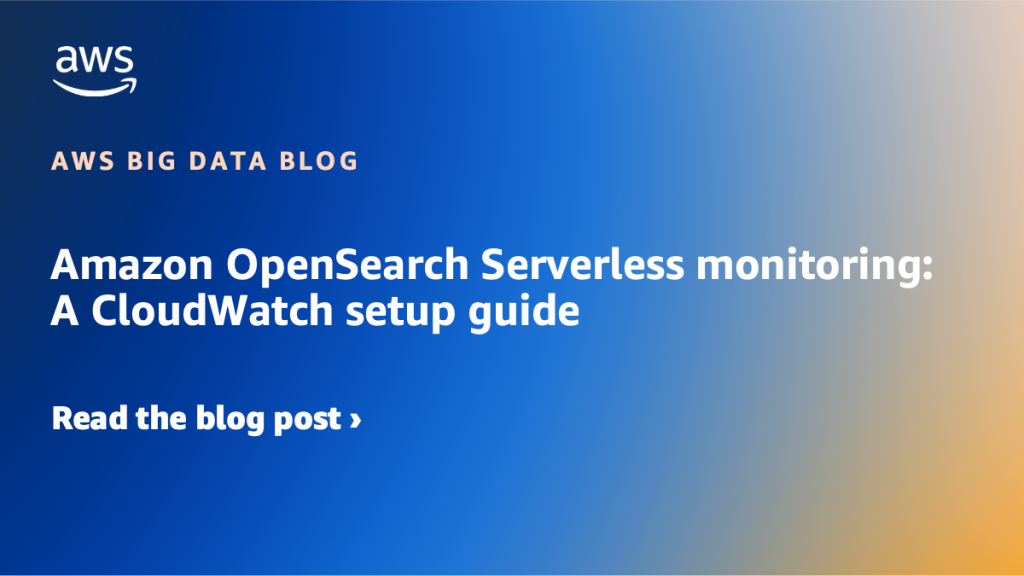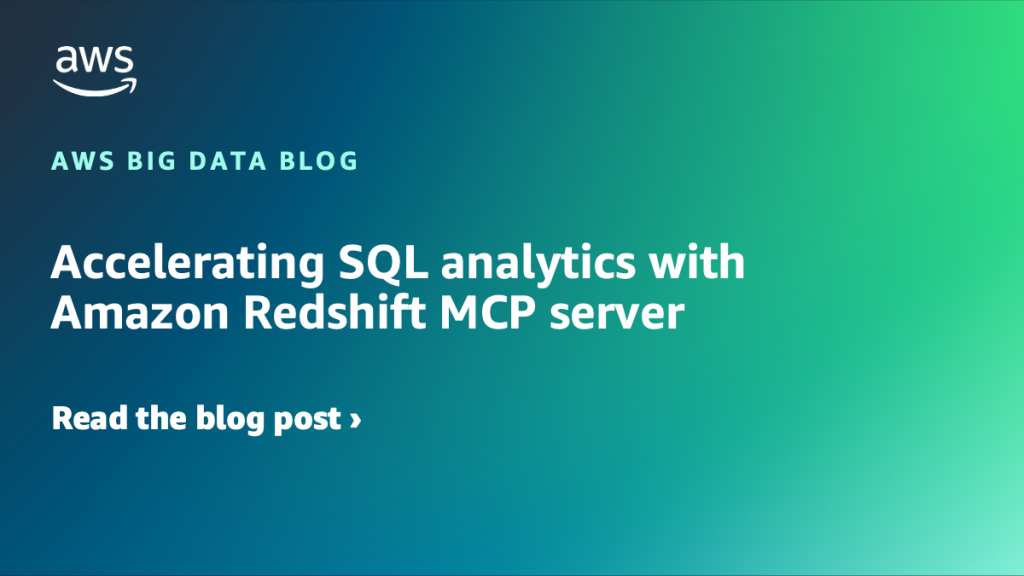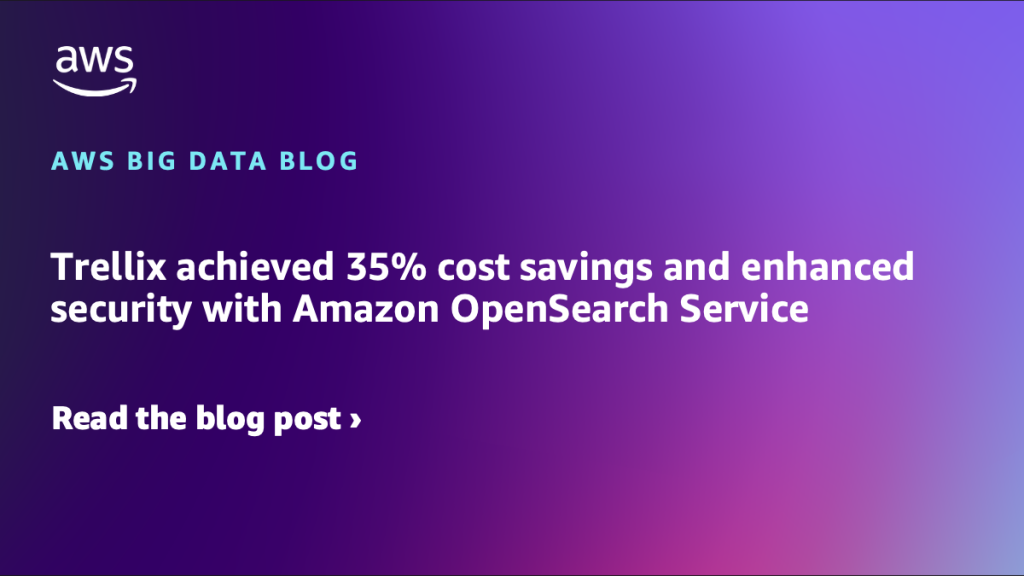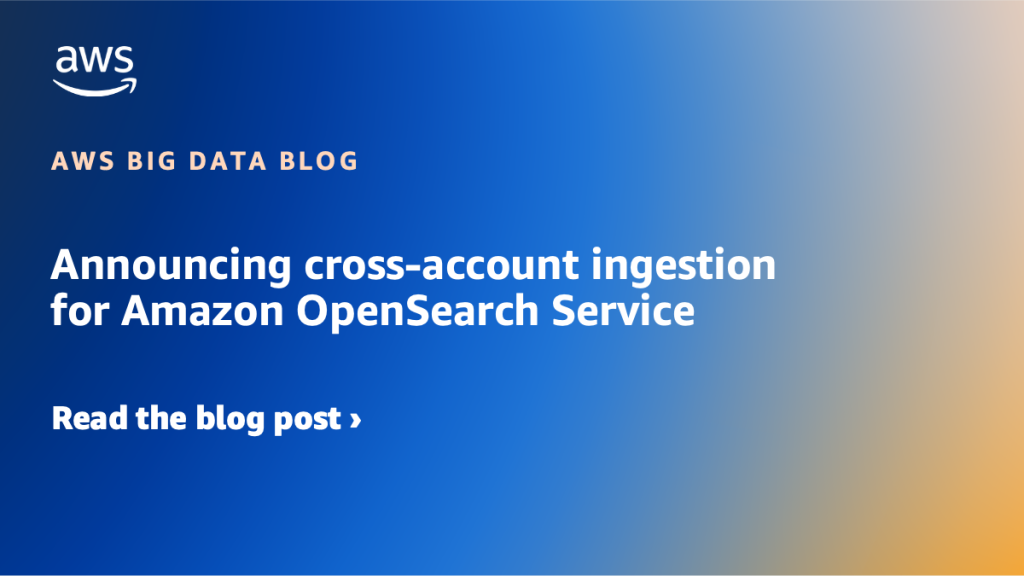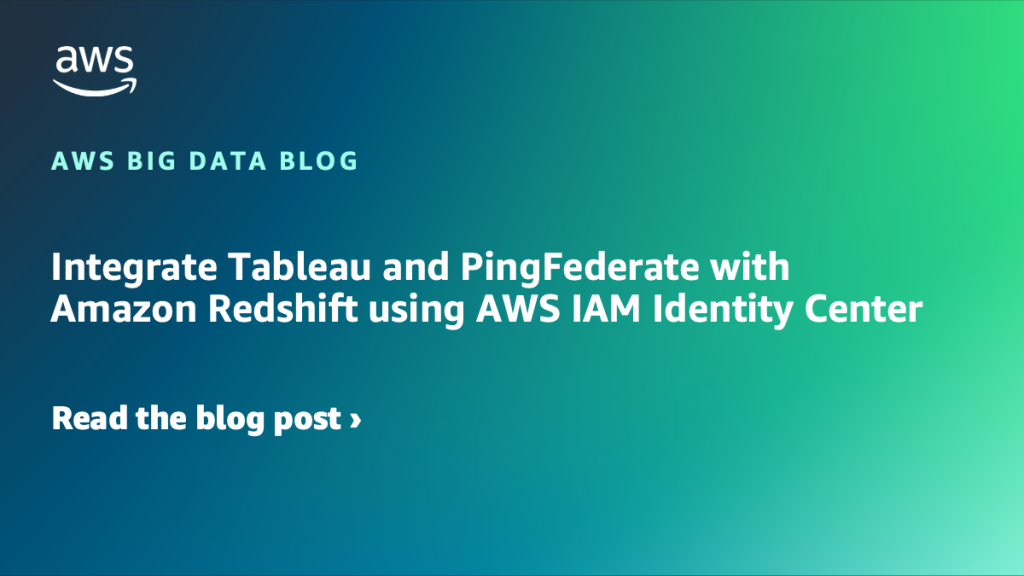AWS Big Data Blog
Category: Learning Levels
Introducing Apache Airflow 3 on Amazon MWAA: New features and capabilities
AWS announced the general availability of Apache Airflow 3 on Amazon Managed Workflows for Apache Airflow (Amazon MWAA). This release transforms how organizations use Apache Airflow to orchestrate data pipelines and business processes in the cloud, bringing enhanced security, improved performance, and modern workflow orchestration capabilities to Amazon MWAA customers. This post explores the features of Airflow 3 on Amazon MWAA and outlines enhancements that improve your workflow orchestration capabilities
Enhance search with vector embeddings and Amazon OpenSearch Service
This post describes how organizations can enhance their existing search capabilities with vector embeddings using Amazon OpenSearch Service. We discuss why traditional keyword search falls short of modern user expectations, how vector search enables more intelligent and contextual results, and the measurable business impact achieved by organizations like Amazon Prime Video, Juicebox, and Amazon Music.
Scaling cluster manager and admin APIs in Amazon OpenSearch Service
In this post, we demonstrate the different bottlenecks that were identified and the corresponding solutions that were implemented in OpenSearch Service to scale cluster manager for large cluster deployments. These optimizations are available to all new domains or existing domains upgraded to OpenSearch Service versions 2.17 or above.
Optimize Amazon EMR runtime for Apache Spark with EMR S3A
With the Amazon EMR 7.10 runtime, Amazon EMR has introduced EMR S3A, an improved implementation of the open source S3A file system connector. In this post, we showcase the enhanced read and write performance advantages of using Amazon EMR 7.10.0 runtime for Apache Spark with EMR S3A as compared to EMRFS and the open source S3A file system connector.
Amazon OpenSearch Serverless monitoring: A CloudWatch setup guide
In this post, we explore commonly used Amazon CloudWatch metrics and alarms for OpenSearch Serverless, walking through the process of selecting relevant metrics, setting appropriate thresholds, and configuring alerts. This guide will provide you with a comprehensive monitoring strategy that complements the serverless nature of your OpenSearch deployment while maintaining full operational visibility.
Accelerating SQL analytics with Amazon Redshift MCP server
In this post, we walk through setting up the Amazon Redshift MCP server and demonstrate how a data analyst can efficiently explore Redshift data warehouses and perform data analysis using natural language queries.
Use Apache Airflow workflows to orchestrate data processing on Amazon SageMaker Unified Studio
Orchestrating machine learning pipelines is complex, especially when data processing, training, and deployment span multiple services and tools. In this post, we walk through a hands-on, end-to-end example of developing, testing, and running a machine learning (ML) pipeline using workflow capabilities in Amazon SageMaker, accessed through the Amazon SageMaker Unified Studio experience. These workflows are powered by Amazon Managed Workflows for Apache Airflow.
Trellix achieved 35% cost savings and enhanced security with Amazon OpenSearch Service
Trellix, a global leader in cybersecurity solutions, emerged in 2022 from the merger of McAfee Enterprise and FireEye. To address exponential log growth across their multi-tenant, multi-Region infrastructure, Trellix used Amazon OpenSearch Service, Amazon OpenSearch Ingestion, and Amazon S3 to modernize their log infrastructure. In this post, we share how, by adopting these AWS solutions, Trellix enhanced their system’s performance, availability, and scalability while reducing operational overhead.
Announcing cross-account ingestion for Amazon OpenSearch Service
Amazon OpenSearch Ingestion is a powerful data ingestion pipeline that AWS customers use for many different purposes, such as observability, analytics, and zero-ETL search. Many customers today push logs, traces, and metrics from their applications to OpenSearch Ingestion to store and analyze this data. Today, we are happy to announce that OpenSearch Ingestion pipelines now […]
Integrate Tableau and PingFederate with Amazon Redshift using AWS IAM Identity Center
In this post, we outline a comprehensive guide for setting up single sign-on from Tableau desktop to Amazon Redshift using integration with IAM Identity Center and PingFederate as the identity provider (IdP) with an LDAP based data store, AWS Directory Service for Microsoft Active Directory.

